public Mono<EmailDto> getEmail() {
Mono<EmailService> emailService = ReactiveSecurityContextHolder.getContext()
.map(securityContext -> (Principal) securityContext.getAuthentication().getPrincipal())
.map(principal -> emailServiceSelector.selectSuitable(principal.getInfo()));
return emailService.map(service -> service.findInfoByEmail(dto.getManagerEmail())) }
But I have a problem with this method, because emailService.map(service -> service.findInfoByEmail(dto.getManagerEmail())) returns Mono<Mono<EmailDto>>.
Implementation of findInfoByEmail(String email) is
public Mono<EmailDto> findInfoByEmail(String email) {
return webClient.get()
.uri(emailServiceProperties.getUrl(), email)
.retrieve()
.bodyToMono(EmailDto.class);
}
My method returns Mono<EmailDto>, not Mono<Mono<EmailDto>>.
So, my question is:
How to tranform Mono<Mono<EmailDto>> to Mono<EmailDto>? Or mb I am totally wrong and method should return Mono<Mono<EmailDto>>? Looking forward to any help.

